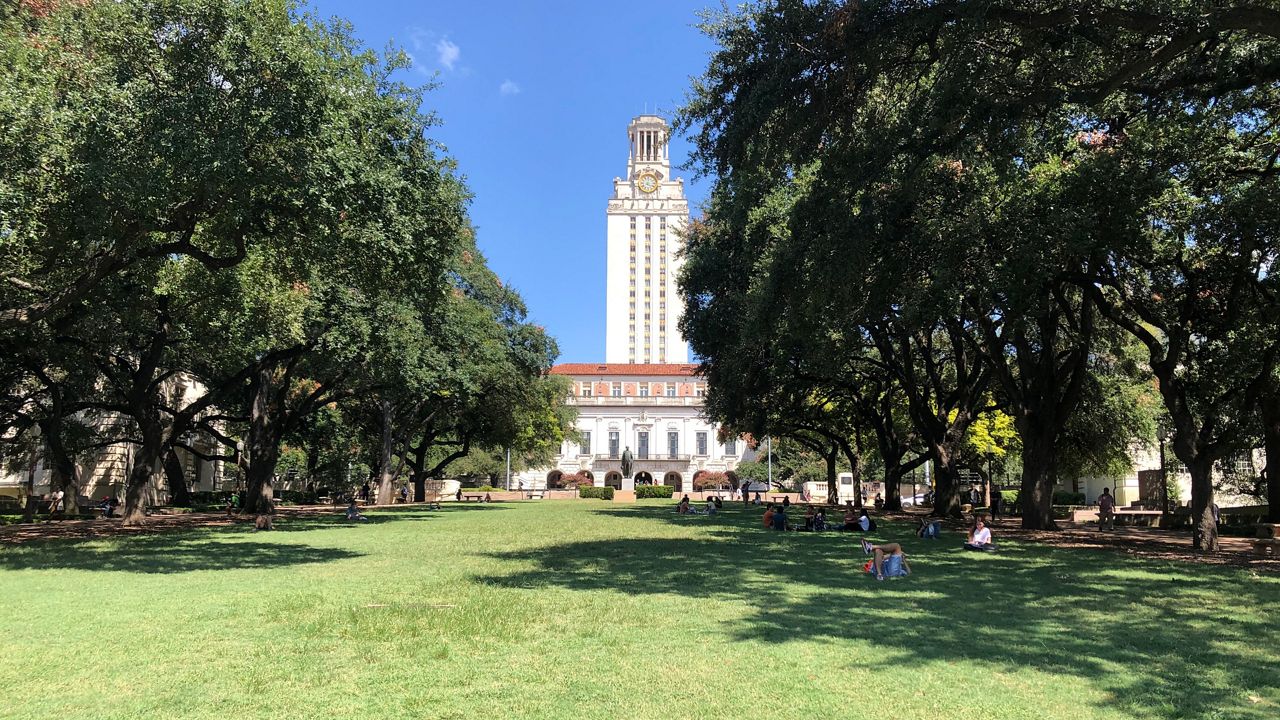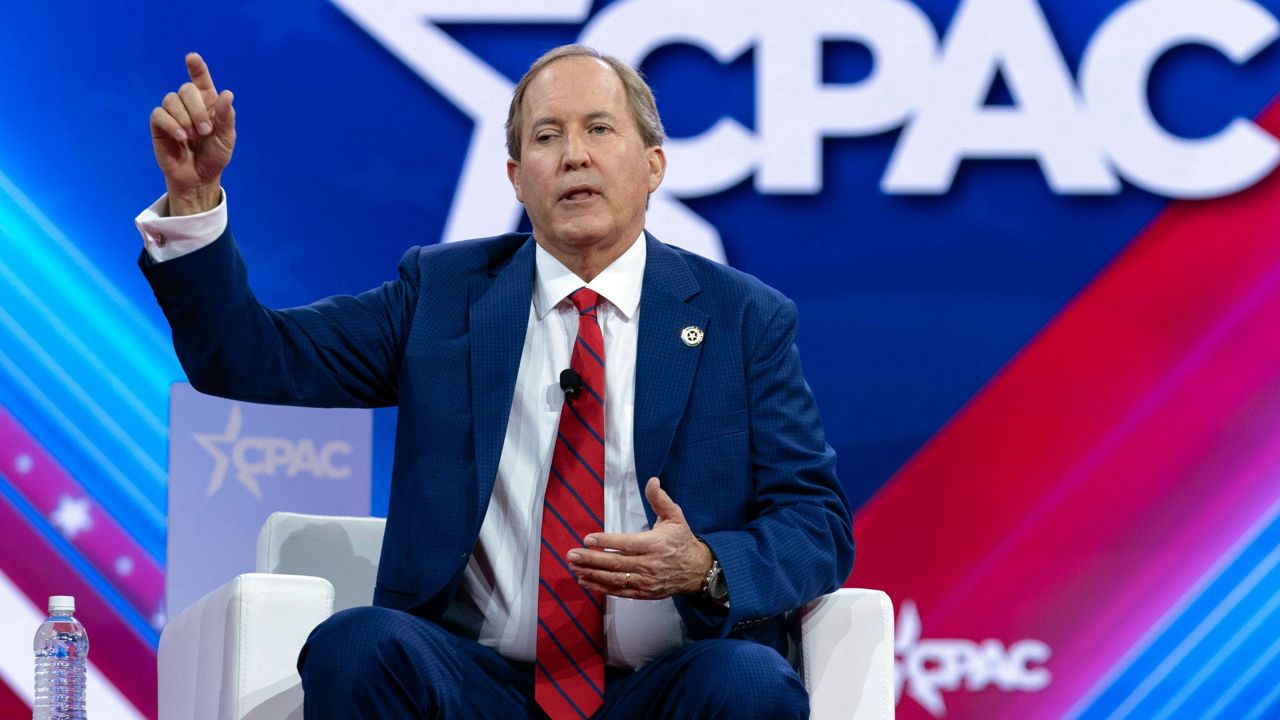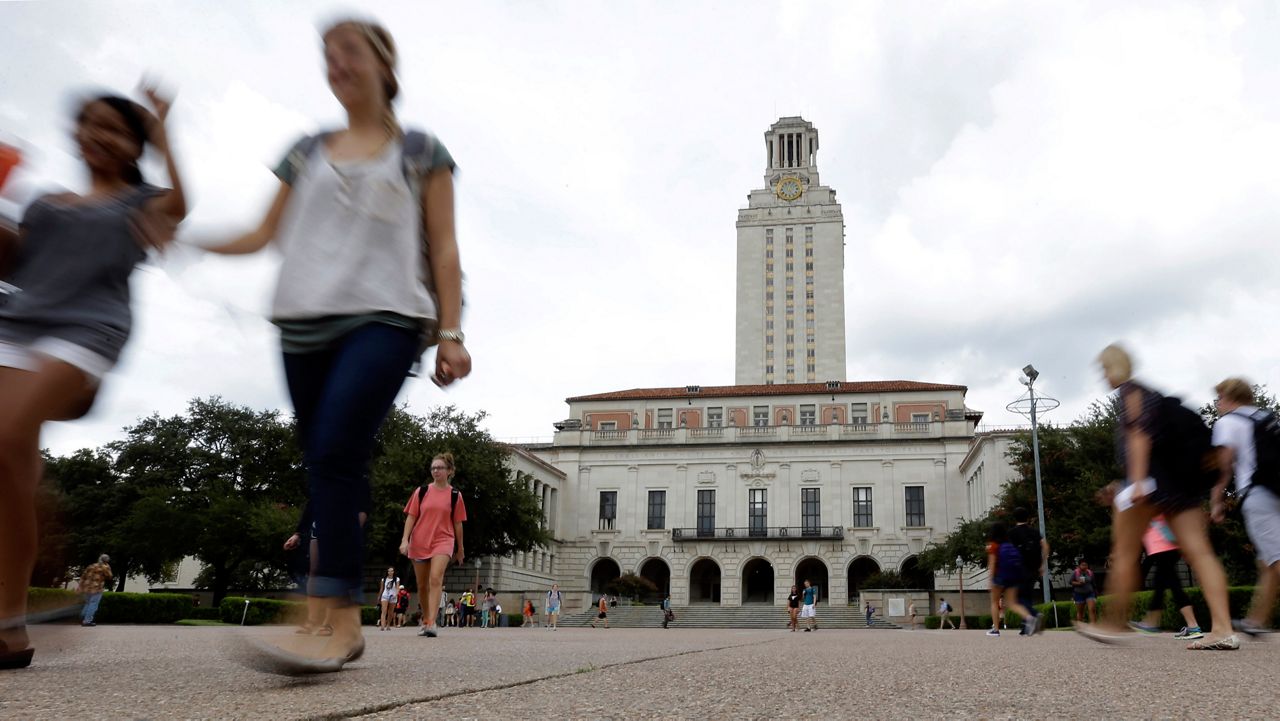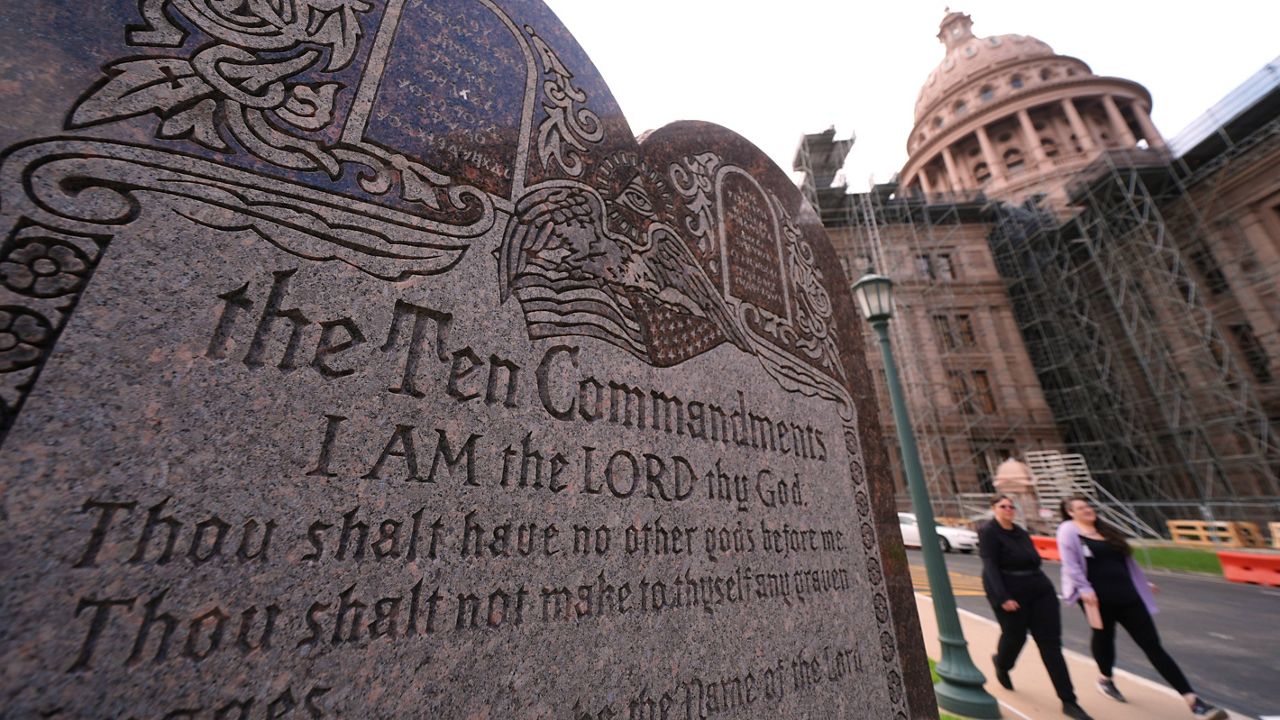AUSTIN, Texas — According to law, Inauguration Day is January 20, and it's been that way for nearly a century.
It's a day we remember for its words. Oftentimes, words of hope, of unity, or words of promise, but what we forget about the history of Inauguration Day is perhaps just as meaningful.
UT Law Professor Sanford Levinson has studied what he calls "constitutional stupidities" for decades.
"One of my missions in life is to try to persuade people that these dull and boring aspects of the Constitution aren't really dull and boring at all," he says.
Levinson wants more Americans to question why certain things are the way they are, like why is the inauguration held January 20?
"I described it back in 1995 as the potentially most mischievous part of the constitution," Levinson explains, referencing an essay he wrote for the journal Constitutional Commentary. "Not the worst part, but the most mischievous."
To understand his argument, we first have to go back to the late 1700s. The Constitution initially created the delay to make sure new governments had enough time to move to the nation's Capitol in the dead of winter, decades before railroads even existed.
"If you're living in Massachusetts, it would take you quite a few days to get to New York or Washington," Levinson said. "We don't live in that world anymore."
Presidents John Adams through Franklin Delano Roosevelt were inaugurated March 4 – four months after being elected.
The four months between Roosevelt’s election and his inauguration were filled with chaos. The U.S. was in the Great Depression and on the brink of WWII.
"Hoover tried to draw FDR into the decision-making process, and FDR said 'No, you are president. I won't be president until March 4,'" Levinson said.
It was then when people realized something had to change. That same year, the 20th Amendment was ratified. It’s commonly known as the lame duck amendment, moving Inauguration Day up six weeks to January 20.
"Why did they stop at January 20?" Levinson asks. "Because of the Electoral College."
But Levinson argues it shouldn't have stopped there. He says 11 to 12 weeks is still too long. Of the large democratic nations in the world, the U.S. has one of the longest periods between the election and the transfer of power.
In Britain, it's typically one day. In Japan, France, India and Canada, it's between one and two and a half weeks.
"But we stick with it, in part, out of sheer thoughtlessness, quite frankly," Levinson says.
Thoughtlessness, he says proved to be problematic in 1992, 2008, and this year.
"George H. W. Bush chose to send American troops to Somalia after the election and before Bill Clinton's inauguration," said Levinson. "Barack Obama wouldn't take over until January 20, and we're in the middle of a financial meltdown. Most of the time it doesn't matter that much. But every now and then it matters tremendously. When it matters, it can actually be dangerous. This is one of those times."
Levinson wants to see the amending of the Constitution become a more commonplace idea. He says because an amendment hasn't been ratified in so long, in some cases many lifetimes, it feels like this out of reach concept.
That said, the amendment process is no easy feat. It requires approval by a two-thirds majority in both the House and Senate, plus approval by three-quarters of state legislatures.
The 27th Amendment was the one most recently passed in 1992. It was proposed in 1789, and didn't become part of the U.S. Constitution until 203 years later. It bans any laws that would change the salaries of Congress members from taking effect until the next set of terms.










